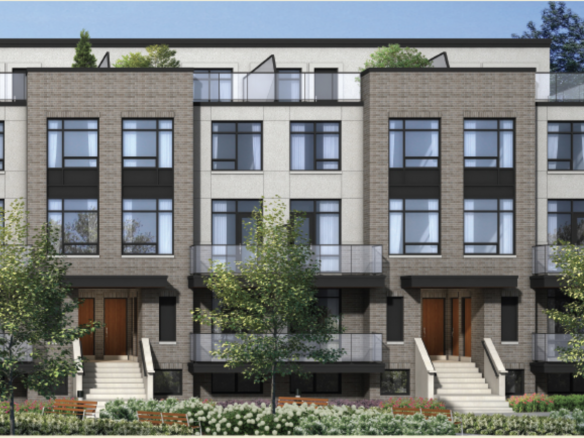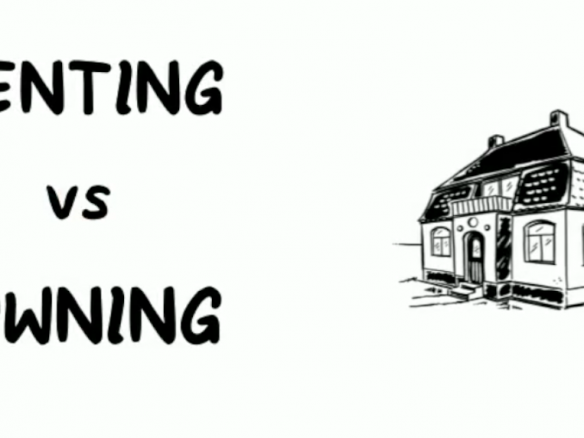The enhanced housing affordability measures introduced in the federal budget in March are not expected to have a significant effect on home prices. The increase in the registered retirement savings plan withdrawal limit to $35,000 from $25,000 has been in effect since it was announced. The First-Time Home Buyer Incentive – a three-year, $1.25 billion shared equity mortgage program whereby the Canadian Housing and Mortgage Corporation (CMHC) will co-invest up to five per cent of the purchase price of an existing home – is expected to begin in September. The program is expected to help young Canadians afford a first home closer to urban centres.
The First-Time Home Buyer Incentive helps first-time homebuyers without adding to their financial burdens. Eligible first-time homebuyers who have the minimum down payment for an insured mortgage can apply to finance a portion of their home purchase through a shared equity mortgage with the Government of Canada.
For many Canadians, especially young people and first-time buyers, finding an affordable place to call home is not just a challenge – it feels like an impossibility. There aren’t enough houses for people to buy, or apartments for people to rent. That makes finding a good place to live too expensive and beyond what many people, especially younger Canadians, can afford.
This initiative is designed to help young Canadians access home ownership in a fiscally responsible and affordable way. Statistically this is the demographic group with the lowest percentage of homeownership.
What properties are eligible?
The Incentive is to help first-time homebuyers purchase their first home. Eligible residential properties include: Types of residential properties include:
Incentive by Property Type
Who can apply?
This is subject to qualifying income requirements set out by lenders and mortgage loan insurers
At least one borrower must be a first-time homebuyer, as per the definition below.
What is a qualifying income?
To be eligible for the FTHBI the combined qualifying income on your application cannot be higher than $120,000. That means whether you are applying by yourself, with a friend or a spouse you have to add your qualifying income and make sure it is less than $120,000. Here are a few examples of qualifying income:
What are the terms of repayment?
The first-time homebuyer will be required to repay the Incentive amount after 25 years or when the property is sold, whichever comes first. The homebuyer can also repay the Incentive in full at any time, without a pre-payment penalty. Refinancing of the first mortgage will not trigger repayment. Before selling the property, the homebuyer must obtain approval of the sale from the Program Administrator. For more information consult the Operational Policy Manual, section 7.12.
How is repayment calculated?
What if I am unable to pay back both my first mortgage and the Incentive when I sell my property?
The Program Administrator will work with borrowers who are experiencing financial hardship on a case-by-case basis to offer solutions to the repayment requirements. Are there other costs involved with the First-Time Homebuyer Incentive? The Incentive may be associated with additional costs:
Example
If you want to buy a new home for $400,000 and has saved the minimum required down payment of $20,000 (5% of the purchase price). Under the First-Time Home Buyer Incentive, You can apply to receive $40,000 in a shared equity mortgage (10% of the cost of a new home) through the program. This lowers the amount you need to borrow and reduces the monthly expenses. As a result, your mortgage is $228 less a month or $2,736 a year. Ten years later, you sell the home for $420,000. The Incentive will need to be repaid as a percentage of the home’s current value. This would result in Anita repaying 10%, or $42,000 at the time of selling the house.



